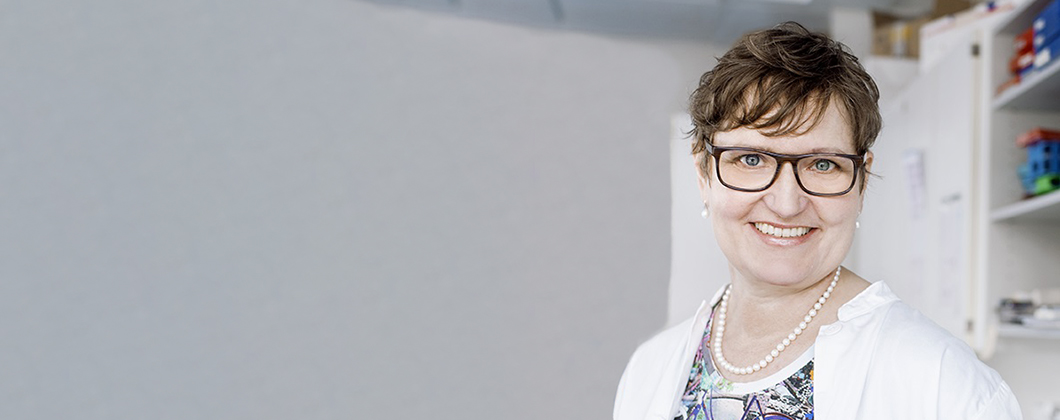Karin Sørig Hougaard: “We need to ensure a safe environment for pregnant workers”
13th of December 2017

Course leader presentation: Karin Sørig Hougaard
Occupational Hazards and Reproductive Health, 16th – 19th of April, 2018, Quality Hotel View, Malmö, Sweden
1. What is your background? A short presentation of yourself.
I work as a senior researcher at the National Research Centre for the Working Environment in Denmark, and am affiliated as an associate professor at Department of Public Health at University of Copenhagen. By education, I hold a Bachelor’s degree in Medicine and a Master’s in Biology. The course of my professional life was determined during my Master’s work, where I conducted a study on developmental neurotoxicity of organic solvents in rats. Ever since, I have worked to elucidate the influence of work place factors on fertility/pregnancy/fetal development (as well as with occupational toxicology in general), by means of experimental as well as epidemiological and register studies. My research has brought me in contact with a range of occupational exposures, such as organic solvents, endocrine disrupting chemicals, nanoparticles, psychosocial stress, noise, shiftwork and physical workload, and as well as the interaction of influences, e.g., between stress and chemicals or lifting, and between pre- and postnatal factors. It is my hope that our research contributes to a safer working environment through all phases of life.
- Why do you think that occupational hazards and reproductive health is an important and current issue to discuss in 2018?
Almost all women in the Nordic countries work during pregnancy, a period where the organism is very sensitive to environmental factors. Perturbation of development in utero may have consequences for pregnancy as well as for child health and function in life after birth. We therefore need to ensure a safe environment for pregnant workers – and that occupational factors do not interfere with the ability to obtain pregnancy. Unfortunately, many chemicals are not tested for effects on fertility and pregnancy, and the knowledge on other work place factors is inadequate in this field.
- Your greetings to the participants of the course.
Welcome to a week of exchange and discussion on how to make the work environment healthy for parents and their children to come.
More information: Course web page
Registration: Course registration
Last registration date: 8th of February 2018
